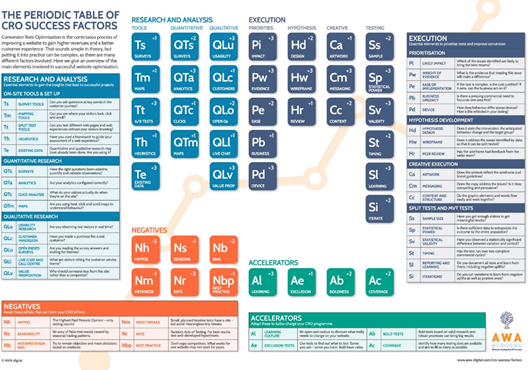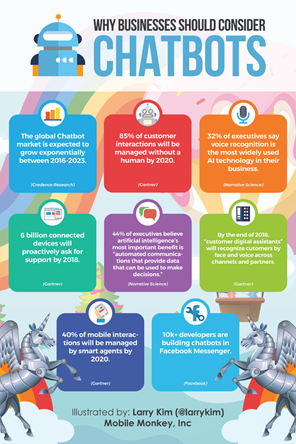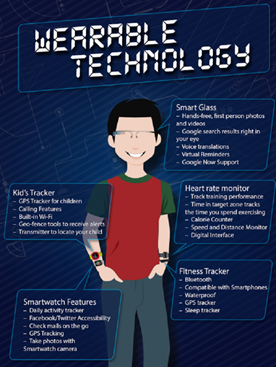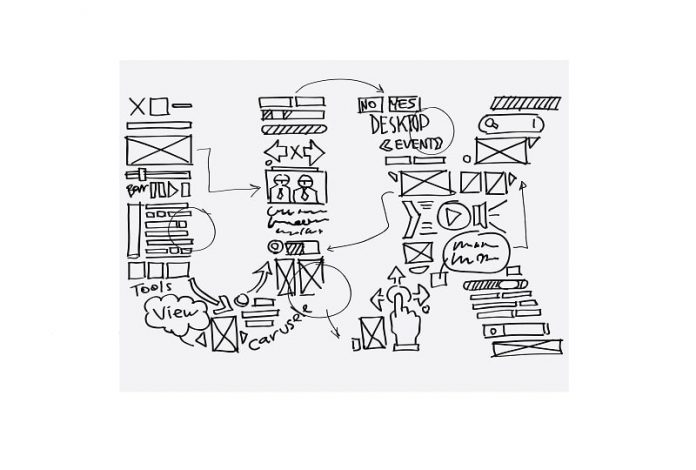By Brad Young
User experience (UX) is a concept that has changed quite substantially since it was first coined by, Don Norman back in the 1990s. The term was initially used to refer to interactions between people, however it now encompasses any human and design interaction, including digital devices, sales processes and even conferences that have built in audience interaction.
It should not come as a surprise that since the internet’s popularity increased, user experience has intertwined itself with the overall design experience on websites and mobile apps. This means that the user experience needs to be seamless, and ongoing testing implemented to ensure that ways to increase the onsite conversion rate and user engagement are being identified and acted upon.
As user experience becomes deeper aligned with design elements of the websites and apps, it demonstrates that new UX trends become evident due to extrinsic changes within the industry.
With that in mind, check out the following trends that we are likely to see emerge in the UX sphere in 2019 and beyond.

Source: AWA Digital
Increased Alignment of CRO & UX For More Sales
Businesses within the online sector looking to increase their sales and the value of sessions should have ensured that their conversion rate optimization (CRO) and UX strategies were aligned for an extended period, however this is going to become increasingly crucial in the 2019 and beyond.
Both UX and CRO complement each other nicely, especially as the common approach to UX is simplistic: It is essential to ensure that every task across your website is initiative, seamless and meeting the expectation of users. The way in which CRO is utilized is that the changes are introduced to the website, tested, and continuous optimization is done with tweaks that are proven to assist in improved performance. This is much more powerful when the ideas have been backed-up by dedicated UX research, meaning that the results are far superior.
When CRO tests are informed by based on dedicated UX research, this ensures that the CRO team’s tests are going to be much more successful in the long-term, especially now that the sphere has become more competitive than ever. This will ensure that businesses’ expenditure is utilized as successfully as possible and learnings influence where to start, as opposed to starting out based on guesswork and assumptions.

Source: Chatbots Magazine
Increased Emergence of Automation
We have seen an increased trend towards artificial intelligence and automation across a variety of industries over the previous year. In 2019 the age of the customer is going to become more apparent than ever, and consumers will expect to be able to receive assistance at their time and method of choosing.
This poses a question: how can businesses meet this desire while remaining cost-effective and improving the bottom line?
The answer to this is, chatbots.
These ensure that a business is ‘always on’ and available to consumers, especially as chatbots are becoming increasingly sophisticated thanks to developments in artificial intelligence. It is expected that by 2020, AI will be responsible for handing all customer service interaction online.
If you are not already, making sure that your organization is investing in AI to meet the ever-evolving demands of the consumer should be at the forefront of your business strategy in 2019.

Source: DailyInfographic.com
UX of Wearable Tech Will Become More Important
The importance of UX in terms of wearable tech will become increasingly important as we enter 2019 and beyond. Smartwatches are now very much relatively commonplace, but wearable tech is likely to expand beyond this.
As the emergence of Generation Z presents us with a demographic that takes increased care of its health and appearance, it is likely that sales of wearable tech related to health with take-off. This will likely include sleep-quality trackers, heart-rate monitoring devices, blood pressure tech etc. It is anticipated that the wearable tech market will see the number of connected wearable devices around the world increasing from 325 million to well over 830 million 2020.
UX would focus on ensuring that users are able to use these pieces of tech seamlessly, especially in terms of navigation and ease of usability. It is going to be require expertise as the tech is minimalistic and requires a simplified user experience with enhanced visual aesthetics.
If for one second you believe that this is going to be relatively straight-forward, then you have to remember that giants, such as Amazon and eBay have been removing their app’s availability on the Apple Watch due to the challenges posed.
It will be a challenge for even the most experienced UX-designer, but it will be rewarded with increased user engagement and satisfaction if the user experience is seamless on the device and offers ease of use.
Brad Young is a small business consultant and MBA graduate with a keen interest on writing informative articles around the subject of improving start up businesses to make them more competitive and ways to increase small to medium business revenue.
User experience stock photo by infini/Shutterstock







